Inflatable Paddle Boards (IPBs) provide versatile, accessible water activities for all skill levels thanks to their adjustable lengths. Short boards excel in maneuverability for beginners or shallow waters, while longer models offer enhanced stability, speed, and capacity for open-water adventures. Choosing the right length based on body weight, experience, and intended use ensures a comfortable paddle journey. IPBs come in various sizes, from compact 7-8 foot options to longer 9-12+ foot boards, catering to diverse water conditions and user preferences. Proper length selection enhances performance, stability, and enjoyment for both beginners and experienced paddlers.
Unleash your love for water sports with the versatile and ever-popular inflatable paddle boards (IPBs). Available in a vast array of lengths, these boards cater to diverse activities, from gentle paddling on calm lakes to exhilarating surf sessions. This article explores the significance of length in paddle boarding, delving into standard sizes, benefits of longer IPBs, compact options, selection tips, and customization possibilities, ensuring you find the perfect board for your aquatic adventures.
Inflatable Paddle Boards: A Versatile Option for All Water Adventures
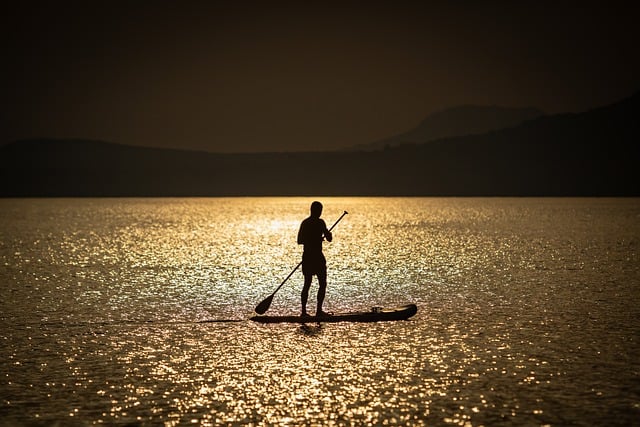
Inflatable paddle boards (IPBs) offer a versatile option for all water adventures, catering to both casual enthusiasts and seasoned professionals alike. Their availability in various lengths allows users to customize their experience based on personal preference and skill level. For leisurely cruises along calm waters, shorter IPBs provide agility and ease of handling, making them ideal for beginners or younger users. Conversely, longer inflatable paddle boards are perfect for navigating choppy seas or tackling more demanding whitewater adventures, offering increased stability and speed.
The versatility of IPBs extends beyond just length. They can also be adapted for different water environments, from calm lakes to challenging rivers, thanks to their flexible construction. Moreover, their lightweight design makes them easy to pack and transport, enabling users to bring their paddle boards on trips or easily store them away when not in use. This adaptability and convenience make inflatable paddle boards an excellent choice for anyone looking to enjoy a variety of water activities without the bulk and hassle of traditional, rigid boards.
Understanding the Importance of Length in Paddle Boarding

The length of an inflatable paddle board (IPB) is a critical factor that influences its performance and suitability for different users and activities. Boards come in various lengths, each designed to cater to specific needs. For instance, shorter boards typically offer enhanced maneuverability, making them ideal for beginners or those who enjoy navigating shallow waters or tight turns. On the other hand, longer boards provide greater stability, speed, and carrying capacity, making them perfect for cruising across open water or even yoga sessions.
Understanding the desired length ensures users can select the right IPB for their skill level, intended use, and personal preferences. The choice should consider factors such as body weight, paddling experience, and the type of waters to be navigated. Ultimately, the length impacts not just the board’s agility but also its overall user experience, ensuring a comfortable and efficient paddle journey.
Exploring Standard Sizes: What Fits Your Needs?
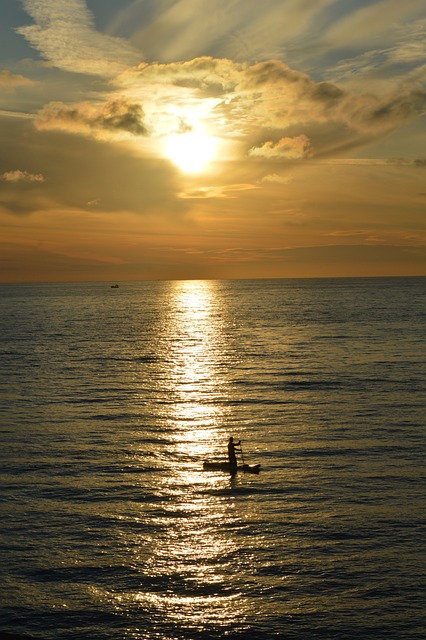
When considering an inflatable paddle board (IPB), one of the first things to explore is the standard sizes available. These boards come in a range of lengths, from compact options ideal for kids or limited space, to longer models designed for adults seeking a more stable and speed-oriented experience on calm waters. Choosing the right length directly impacts your comfort, maneuverability, and overall enjoyment.
For instance, shorter IPBs typically measure around 7 to 8 feet (2.1 to 2.4 meters), offering greater agility but potentially less stability. Longer boards, often ranging from 9 to 12 feet (2.7 to 3.7 meters), provide increased stability and are better suited for adult users aiming to cruise across calm lakes or rivers. Consider your skill level, the type of water you’ll be paddling on, and personal preference when selecting a length that aligns with your needs and enhances your IPB experience.
Benefits of Longer Inflatable Paddle Boards
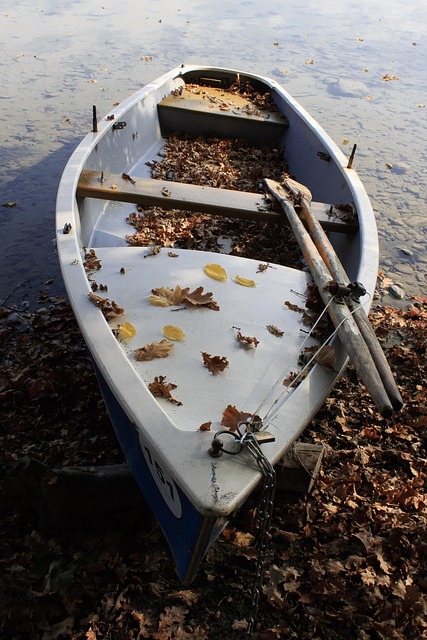
Longer inflatable paddle boards offer several advantages that cater to a wide range of users, from seasoned paddlers to casual enthusiasts. One of the key benefits is their stability; longer boards provide a wider platform, making it easier to balance and maneuver, especially for beginners. This increased size also translates to more space for carrying gear or even allowing multiple people to paddle together, enhancing group activities.
Additionally, longer inflatable paddle boards can navigate different water conditions more effectively. Their greater length enables them to cut through deeper waters, enabling access to more diverse environments, from tranquil lakes to challenging rivers. This versatility makes them a game-changer for outdoor enthusiasts seeking varied experiences, ensuring that no matter the body of water, there’s an inflatable paddle board suited for exploration.
Compact and Portable: Smaller Board Varieties

Smaller sizes make inflatable paddle boards an excellent choice for those who want a compact and portable option. These boards are designed to be easy to pack and store, making them ideal for travelers or urban dwellers with limited space. Despite their smaller dimensions, they still offer a stable platform for paddling, allowing users to enjoy water activities without the bulkiness of full-sized boards.
With various length options available, compact paddle boards cater to different user preferences and skill levels. Whether you’re a beginner looking for stability or an experienced paddler seeking maneuverability, there’s a smaller board to suit your needs. Their lightweight construction also makes them easy to transport, enabling users to take their paddle board on vacations, camping trips, or even just to the nearby lake for a quick session.
Choosing the Right Length: Factors to Consider
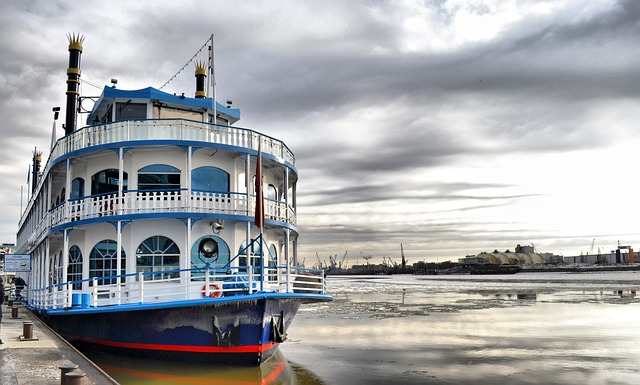
When considering an inflatable paddle board, choosing the right length is a crucial decision that depends on various factors. Firstly, think about your experience level and paddling goals. For beginners, shorter boards around 9 to 10 feet (2.7 to 3 meters) are ideal as they offer better stability and maneuverability in flat water conditions. Inflatable paddle boards of this length are easier to control, making it less intimidating for new paddlers.
On the other hand, experienced paddlers who seek speed and agility might prefer longer boards, typically ranging from 12 to 14 feet (3.6 to 4.3 meters) or even more. These longer boards provide greater stability in choppy water and allow for faster paddling, making them suitable for open water adventures and competitive activities. Additionally, consider your height and weight; a board that’s too long or short can affect your comfort and performance on the water.
Customization: Tailoring Your Inflatable Paddle Board Experience
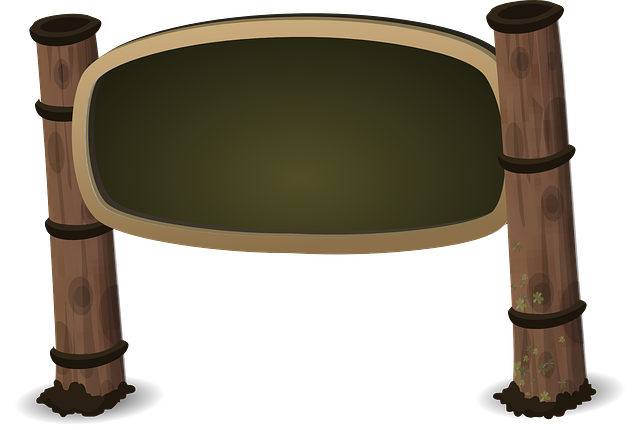
Inflatable paddle boards (IPBs) offer a unique advantage in their customizable nature, allowing users to tailor their water experience exactly to their preferences and skill levels. From beginner to advanced paddlers, this flexibility is key to ensuring everyone can enjoy the sport comfortably and safely.
By adjusting the board’s length, width, and thickness, individuals can fine-tune their IPB for specific activities like calm lake cruising, whitewater challenges, or even yoga on the water. Longer boards provide more stability and speed, ideal for longer journeys or racing. Wider models offer increased buoyancy and a more comfortable stance for leisure paddling or carrying gear. Thinner boards are lighter and more maneuverable, perfect for technical watersports and tricks. This level of customization ensures that an inflatable paddle board is not just a one-size-fits-all item but a versatile tool tailored to the user’s unique needs.
